How to reduce your print costs
Printing on paper can be expensive for an individual or company, but those costs can be managed.
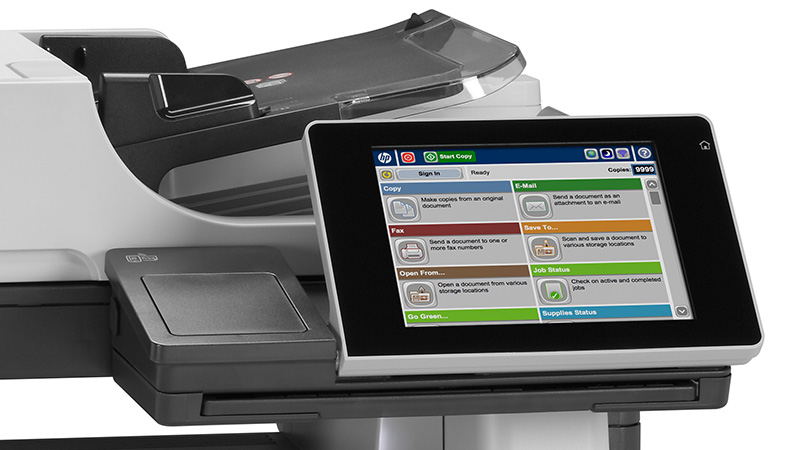
Although the price of printers has fallen dramatically over the years, with both laser and inkjet machines starting at around 50, the cost of running them hasn't changed much. Paper and ink/toner costs have risen with new requirements to use sustainable or recycled consumables and the cost per page for a typical printer is noticeably higher than it was five years ago.
Both sides now
There are several things you can do to mitigate these costs, though, with some directly assisted by new features in modern printers. The broadening appeal of duplex print has led to HP, among others, incorporating this functionality into less and less expensive printers and it's available now in machines costing under 100.
The key advantage of printing on both sides of the paper, of course, is paper cost. It will halve for any print job with an even number of pages and be nearly half for an odd number of pages.
The important consideration when buying a printer with a view to implementing duplex printing, perhaps as the default setting, is the printer's duplex speed. This can often be more than twice as long as a single-sided job. You don't want people to be waiting unduly for print jobs, even to save paper costs.
If you're happy with the duplex speed of your printers, it makes sense to set duplex print as the default. This means that all print jobs will make the best use of paper, unless print options are actively changed on a per job basis, for special purposes.
Running side by side with duplex print is the possibility of using the second sides of simplex, or single-sided print jobs. With a little organisation, sheets printed on one side can be recycled to use their second sides, either for further print jobs or as gash paper for notes and other internal uses.
If you fit twin trays to office printers, you can stock one with simplex printed sheets, so employees can choose when to use second-use sheets and when to use virgin stock. This technique can be used with any printer, of course, not just duplex-capable models.
There may be some security issues, if the original print wasn't intended for all eyes, but in most organisations there are lots of routine documents, which have a service life and then end in a recycling bin. They can still be recycled at the end of their life, but with a second use, as office jotters, before that.
Two, four, six, eight
Another paper and ink/toner saving feature built into most HP printers is the ability to print more than one page on a sheet of paper. In general work, and particularly when printing copies of long reports or manuals, printing, say, two pages per sheet immediately halves not only the paper costs for that document, but also the ink or toner costs, since each printed character requires fewer dots at its smaller size.
There are limits to this technique, of course, since any document with detailed illustrations, graphics or photographs may be difficult to read when reduced, but any straight text document or one with simple graphs and charts should still be very readable at half the size two pages per sheet.
Going much smaller than two pages per sheet will generally lead to reading difficulties if you're printing on A4 paper, but if your printer is capable of A3, then printing four pages per sheet will give you extra savings, with each page image the same size as two pages per sheet on A4.
Combining two pages per sheet with duplex printing, you can produce booklets which can then be bound with staples or slide bind and save three quarters of your paper costs, plus around half the ink or toner.
A terrific draft
That's not all, though, as you can also select draft or toner-save print modes. These are both print techniques that put fewer dots on the paper, saving 10 to 20 per cent of the ink or toner required in normal mode.
Pages printed in these economy modes used to be very obvious, with text looking decidedly dotty', but modern printers have improved on this, so most text just looks light and is still very readable.
A true draft mode is usually quicker than normal print mode, so there are waiting time gains to be had here, too. If you're not happy with the draft mode from your printer, third-party software such as Print Saver Eco may be able to improve things.
The image below shows normal print mode on the left and draft mode on the right.
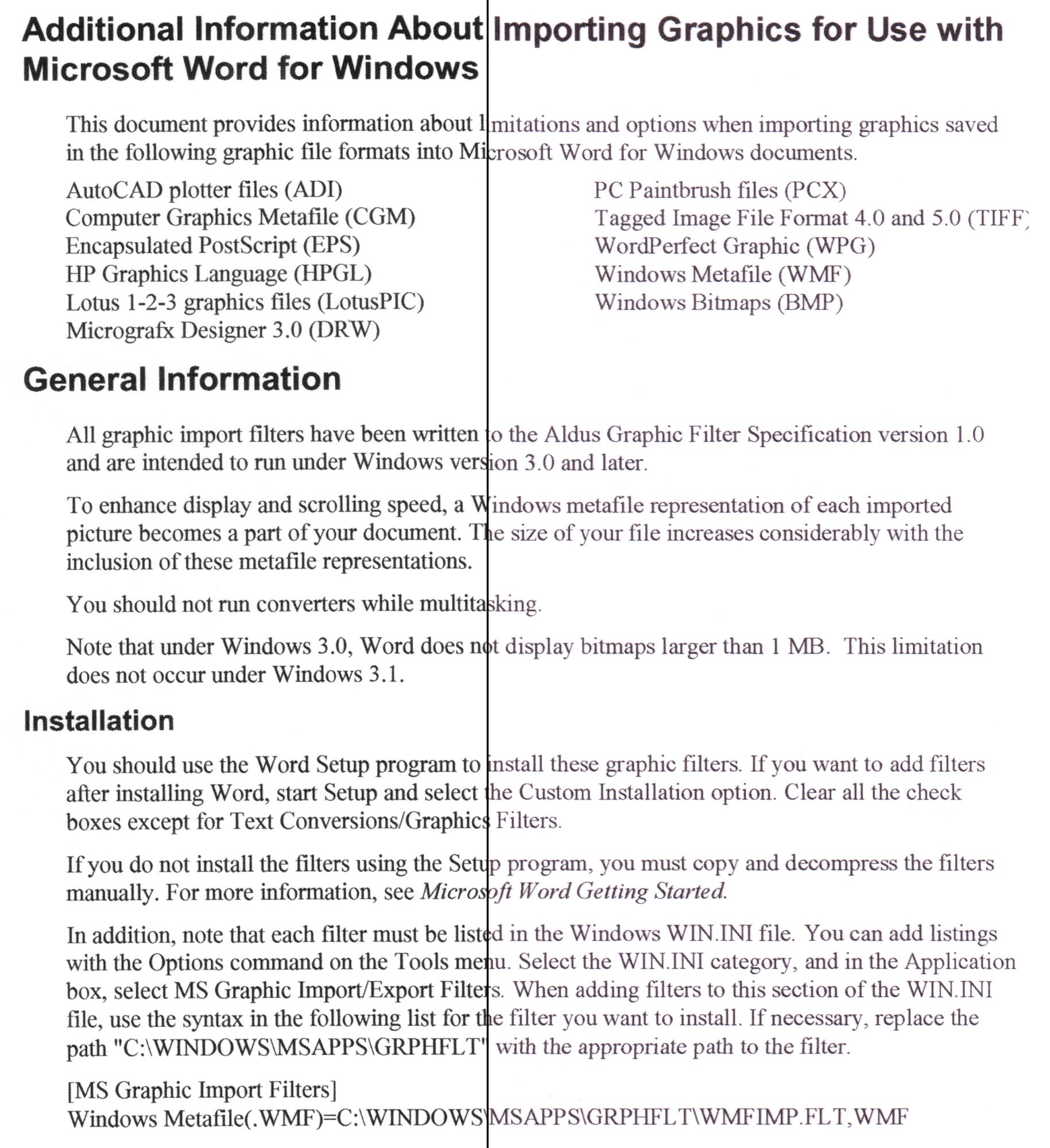
Send when possible
The biggest single saving in print costs, though, is to commit fewer documents to paper. Modern enterprise printers, such as HP's LaserJet Enterprise flow MFP M880z, are geared up as sending tools as well as printers.
This new machine has full access to the Internet and, via HP Flow CM, to large amounts of Cloud storage. It can be used to scan documents directly to the Cloud, without the need for a two-stage process scanning to a PC and then uploading. It makes adding documents to a Cloud-based document pool extremely easy.
Once online, the information can be accessed from a variety of different devices, including tablets and smartphones, as well as laptops and PCs. By producing searchable PDF files, anybody with access to this storage can reproduce accurate facsimiles of the original documents on their own devices, without recourse to paper.
It may seem a little odd to advocate not printing in a feature about print costs, but there's a balance to be struck between paper and electronic documents and the most appropriate solution for an enterprise is usually a mix of the two.
Having easy access to printed documents, as an adjunct to their electronic equivalents, gives the most productive use of technology to complement the work in most offices. Judging when to print and the layout options to use to save consumables means getting the best out of your printer, economically.
For more advice on transforming your business, visit HP BusinessNow
Get the ITPro daily newsletter
Sign up today and you will receive a free copy of our Future Focus 2025 report - the leading guidance on AI, cybersecurity and other IT challenges as per 700+ senior executives
-
 Bigger salaries, more burnout: Is the CISO role in crisis?
Bigger salaries, more burnout: Is the CISO role in crisis?In-depth CISOs are more stressed than ever before – but why is this and what can be done?
By Kate O'Flaherty Published
-
 Cheap cyber crime kits can be bought on the dark web for less than $25
Cheap cyber crime kits can be bought on the dark web for less than $25News Research from NordVPN shows phishing kits are now widely available on the dark web and via messaging apps like Telegram, and are often selling for less than $25.
By Emma Woollacott Published
-
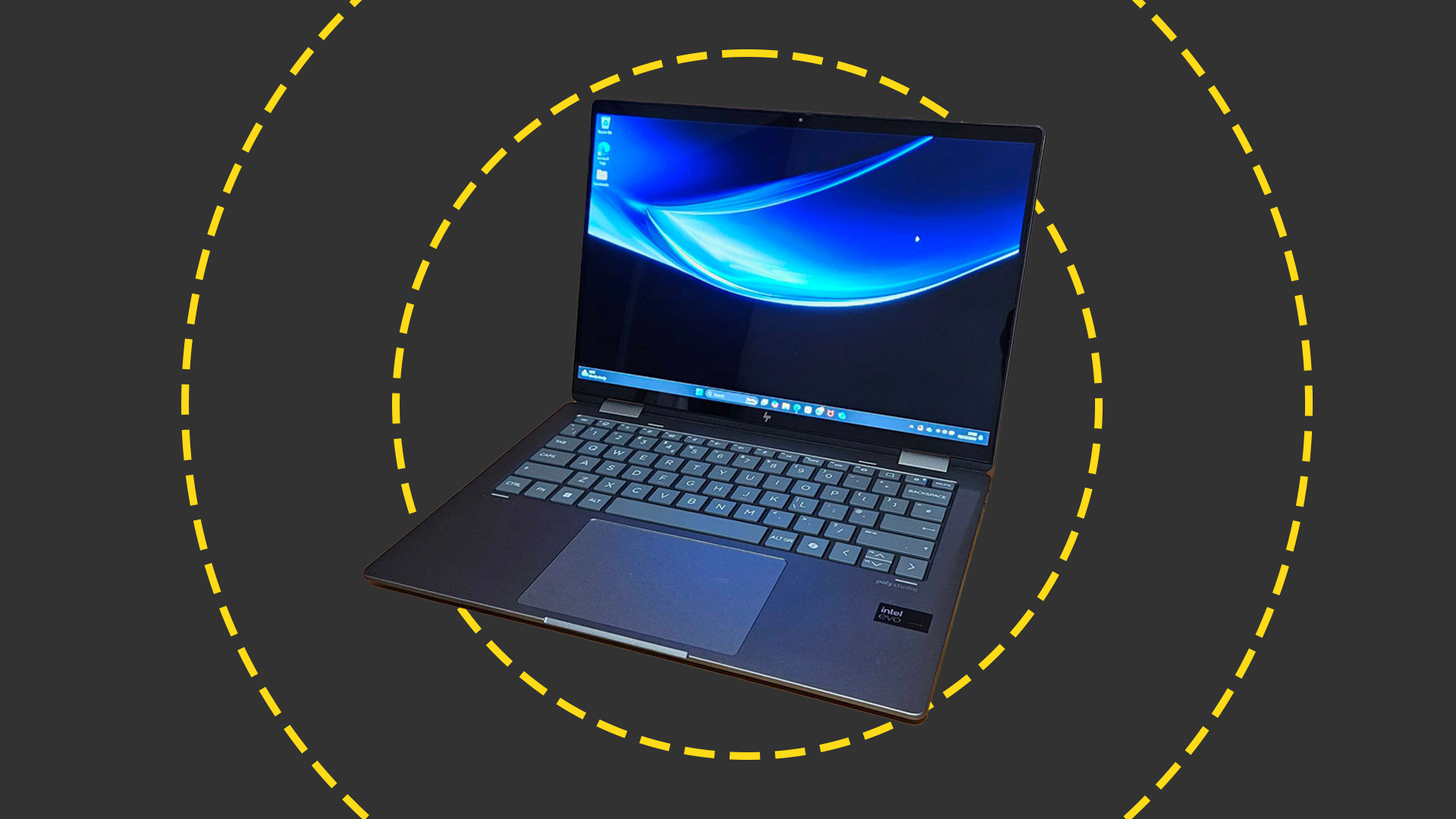 HP Envy x360 2-in-1 (14-FC0009NA) review: A cut-price AI PC for the enterprise
HP Envy x360 2-in-1 (14-FC0009NA) review: A cut-price AI PC for the enterpriseReviews The Intel-powered HP Envy x360 is a decent punt for its price point despite a few bugbears
By Keumars Afifi-Sabet Published
-
 Dell, HP post underwhelming returns as PC market remains in a state of flux
Dell, HP post underwhelming returns as PC market remains in a state of fluxNews Original equipment manufacturers (OEMs) are contending with an impending Windows 10 EOL and a burgeoning AI PC market
By George Fitzmaurice Published
-
 Help skilled workers succeed with Dell Latitude 7030 and 7230 Rugged Extreme tablets
Help skilled workers succeed with Dell Latitude 7030 and 7230 Rugged Extreme tabletswhitepaper Help skilled workers succeed with Dell Latitude 7030 and 7230 Rugged Extreme tablets
By ITPro Published
-
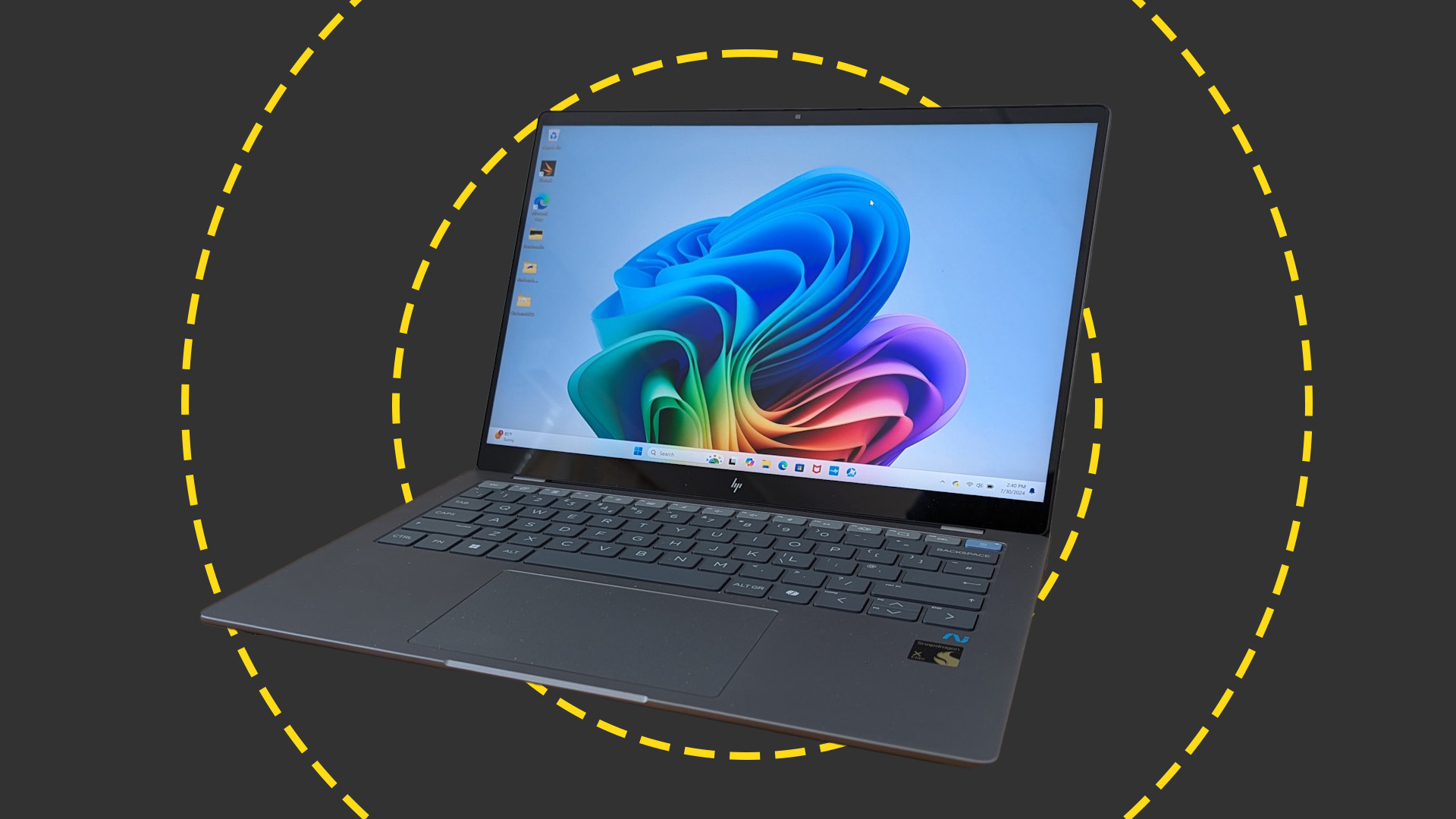
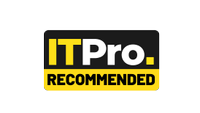 HP OmniBook X 14 review: Incredible battery life meets Copilot+ AI
HP OmniBook X 14 review: Incredible battery life meets Copilot+ AIReviews Ignore the slightly underwhelming screen and you have a brilliant thin-and-light laptop with AI capabilities and superlative battery life
By Stuart Andrews Published
-
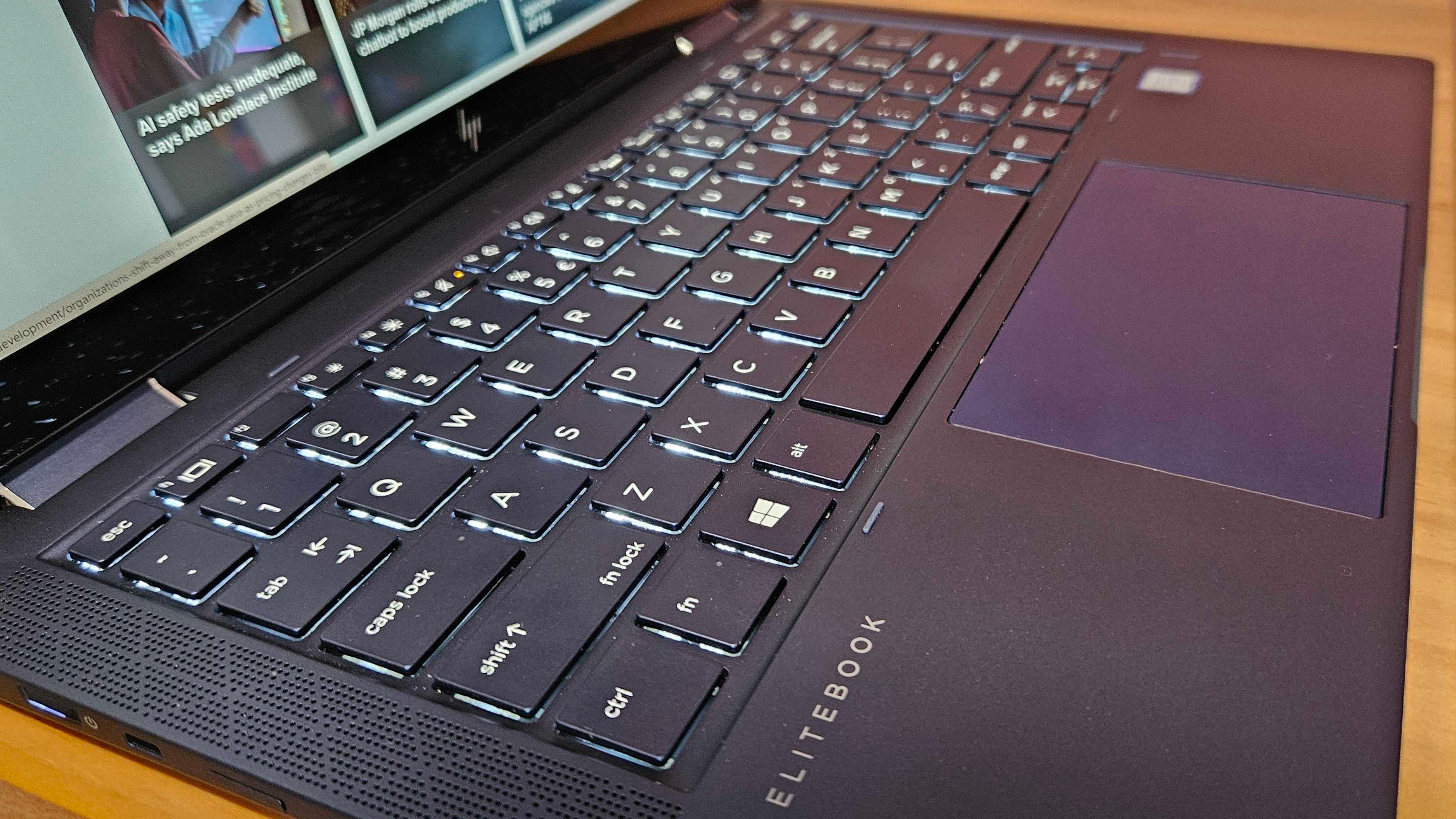 HP has scrapped its most compelling device as it aims for AI PCs — there is nothing like it left on the market
HP has scrapped its most compelling device as it aims for AI PCs — there is nothing like it left on the marketOpinion The HP Elite Dragonfly had everything you needed – a great battery, plenty of power, all the ports, and a fantastic display – until it was killed off
By Keumars Afifi-Sabet Published
-
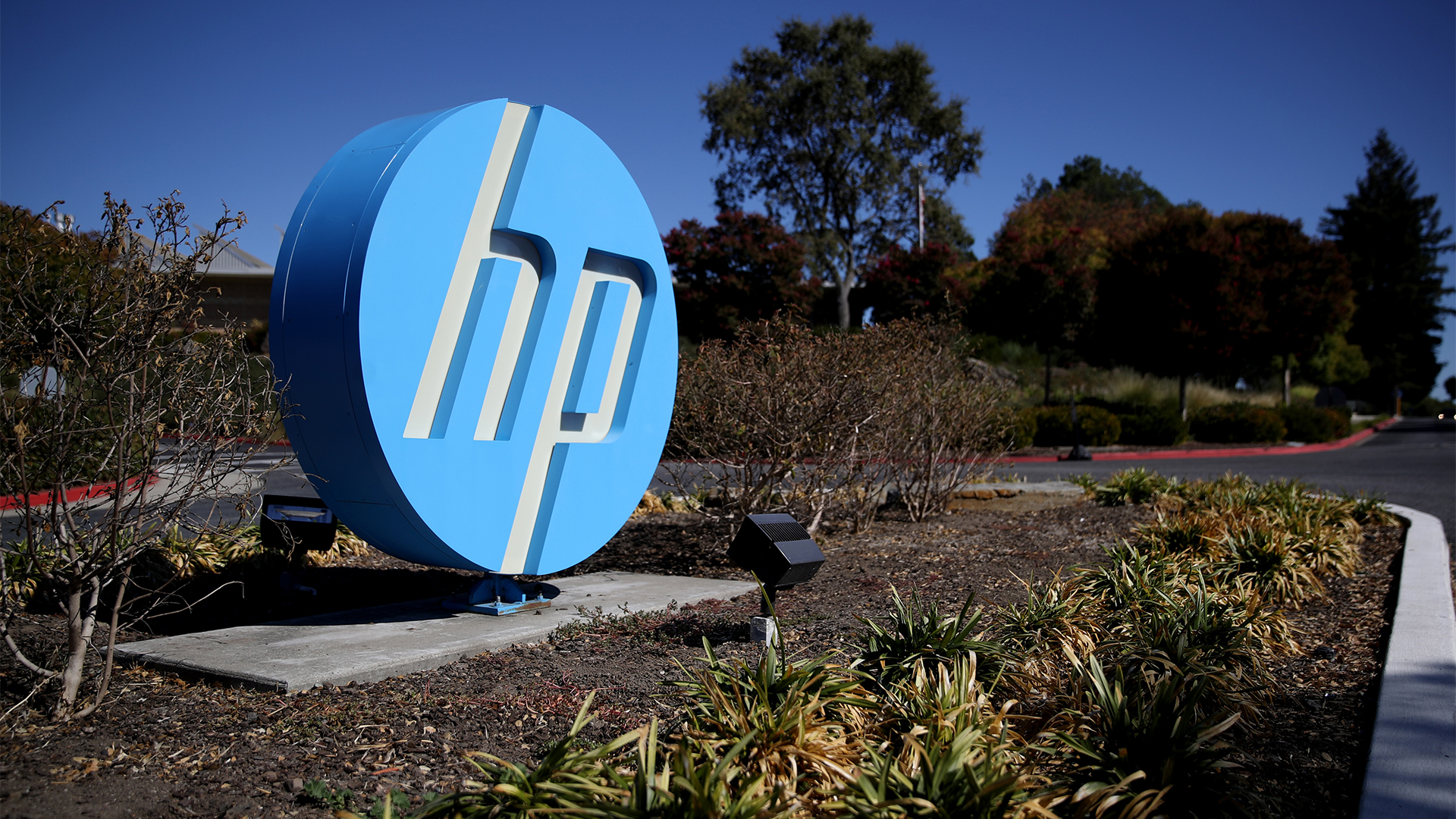 HP shows the AI PC ecosystem is starting to bear fruit — is it time for businesses to take note?
HP shows the AI PC ecosystem is starting to bear fruit — is it time for businesses to take note?Analysis The era of the AI PC may soon be upon us as software vendors start to realize the potential value of processing AI workloads locally
By Solomon Klappholz Published
-
 HP caps off its PC overhaul with the launch of the OmniBook Ultra 14 – its most powerful AI-powered laptop to date
HP caps off its PC overhaul with the launch of the OmniBook Ultra 14 – its most powerful AI-powered laptop to dateNews With the HP Dragonfly, Spectre, and Envy brands ditched in sweeping restructure of device portfolio, the OmniBook Ultra 14 marks the first major step into the era of the AI PC
By Solomon Klappholz Published
-
 HP just launched the world’s first business PCs designed to protect firmware against quantum hacking
HP just launched the world’s first business PCs designed to protect firmware against quantum hackingNews HP is worried about quantum security risks, so it’s upgrading devices to contend with future threats
By Ross Kelly Published